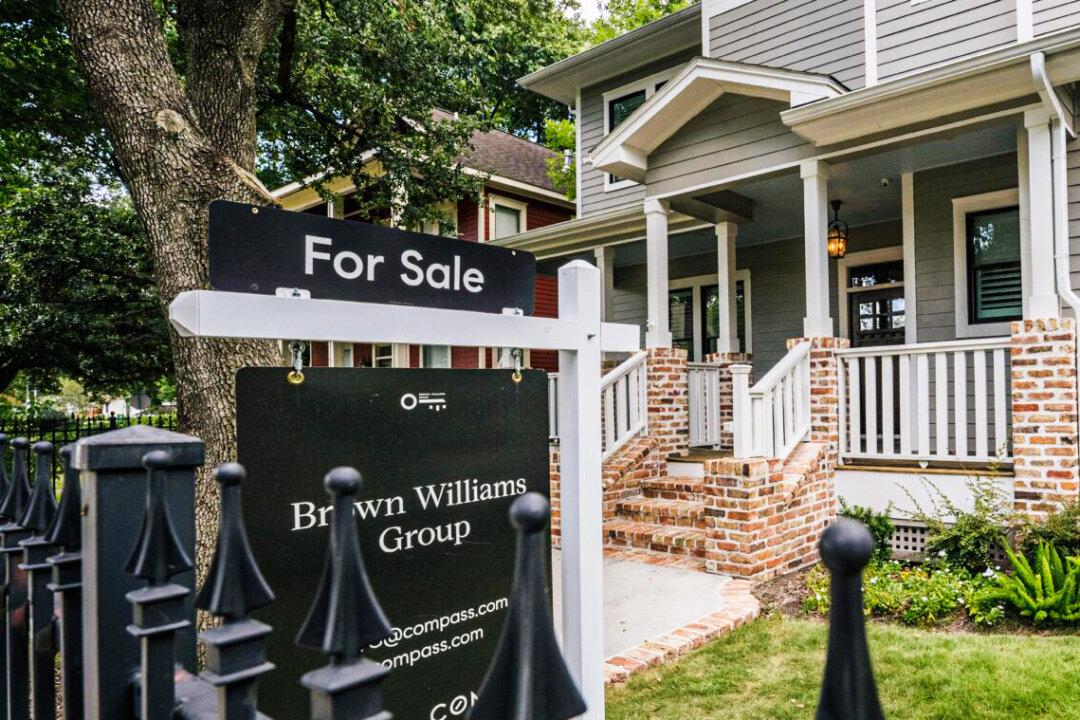Existing-home sales rose for the third straight month in November as buyers were encouraged by a robust job market as well as low-interest mortgage rates that are not expected to last long with the Fed looking to hike rates early spring.
The sales for previously-owned homes increased by 1.9 percent last month when compared to October, to a seasonally adjusted annual rate of 6.46 million, according to a report published Wednesday by the National Association of Realtors. The transactions that included “single-family homes, townhomes, condominiums, and co-ops” fell 2.0 percent from 6.59 million clocked in 2020.





